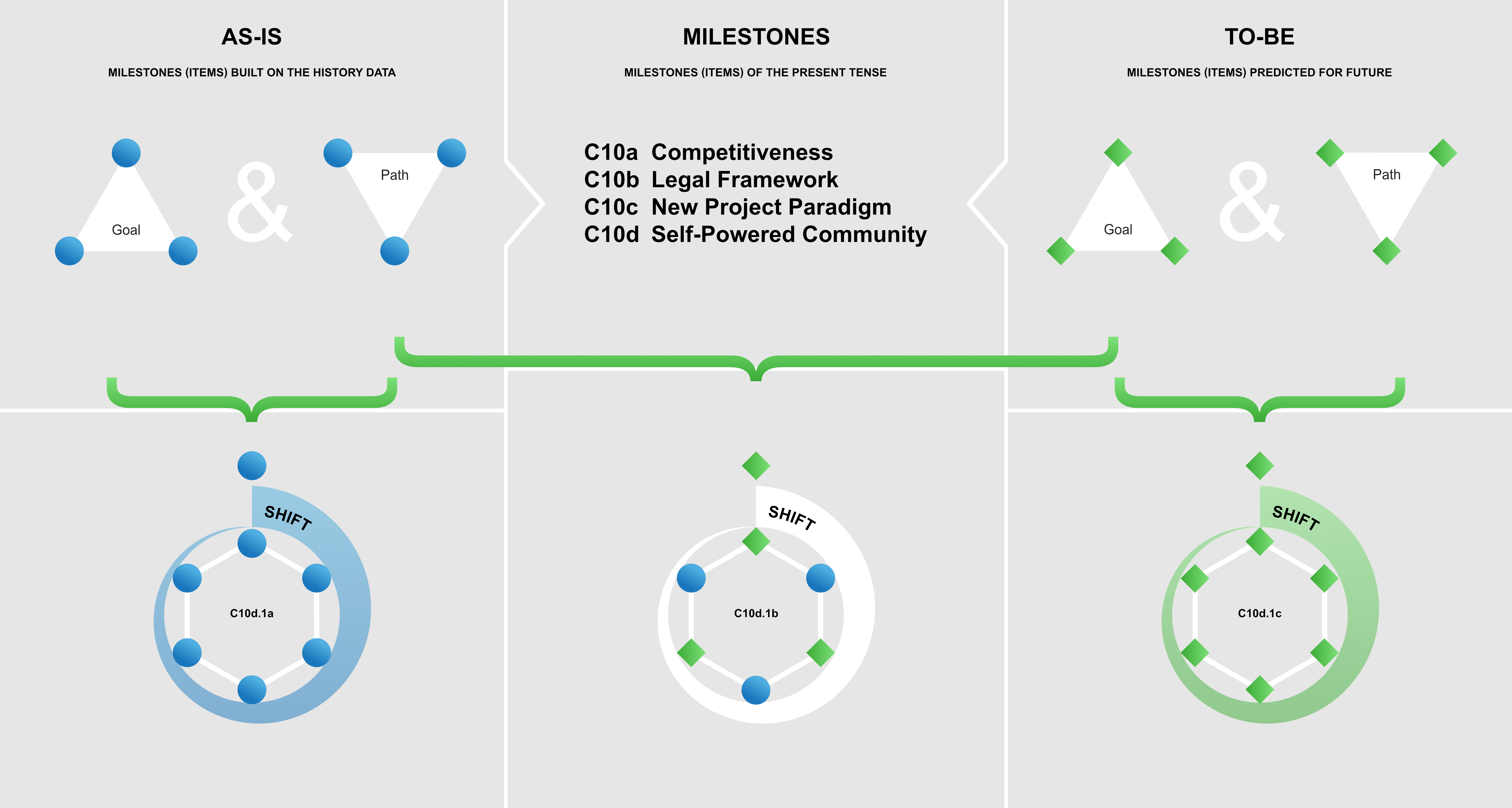Figure C10d.1 Hierarchy of the break-down structure of a set of tasks

Figure C10d.1 Hierarchy of the break-down structure of a set of tasks
Figures from C10d.1 to C10d.4 offer other examples of sub-objects (objects):
Competitiveness,
Legal Framework,
New Project Paradigm, and
Self-Powered Community.
The first object (Competitiveness) is used here as a philosophical term describing the variability of the world (objects) as seen by the observer (as a subject).
Examples are presentations in the Great Triad (GT) environment, its three objects, and a position for an observer.
Objects are Earth, Nature, and Human (in the hierarchy, the Human is a product of Nature and Nature is a product of Earth).
Observer positions belong to living people, animals, birds, beetles, etc., wherever they live. This performance's registrar (notes administrator) is human generations (their memories).
They record what was done (always in As-Is time) and predict what will be done (with the perception of the relativity of time in the world's changes). Competitiveness is a natural feature of active life existence.
The second object (Legal Framework) is used as a symbol of branches of activities of the Human where all its tasks are structured, organized, and controlled via the Legal Framework, which they invented. An example is the introduction of the Task Triad (TT).
This triad has three items: Concept, Utility, and Drivers. Observer positions in the TT triad belong to people (individuals, teams, teams).
If observers get involved, they can be from anywhere. It is known (via the internet, e.g., Academia, Wikipedia servers) that more concepts are aimed at the world's critical issues (e.g., climate change, poverty).
Without a deeper analysis of this fact, the Web book presents the SPC Concept (as an original proposal).
The strength of this proposal is that it offers a goal and pathways to it through the design unit (SPC Utility) and a sustainability methodology (SPC Drivers). Details of the proposal are in the individual chapters of this webbook.
The third object (New Project Paradigm) is presented as a tool that has the potential to transform (understandable) changes in the Great Triad (GT) and solve tasks in the Task Triad (TT).
These three items turn into a device (an algorithmic instrument) at the application level, which we call a project. Sub-volumes include:
Scope of what we need or would like.
Costs the resources he/she needs to do that.
The time value which we have or lose to gain the content.
Scope speaks to, maps, and prioritizes the needs of our lives and security in the GT. Costs are a picture of the state of our money business.
And again, shortly, time is what has a beginning and an end and what flows beyond our will.
These are three separate objects worth knowing and understanding in detail before mixing these sub-objects in project processes.
The fourth object, the Self-Powered Community, can be called the terminal of milestones. It is presented as the highest base of the Human location in the changeable environment of the Great Triad (GT).
It can be characterized as a core of wisdom to create, solve, utilize, and maintain new tasks in the Task Triad (TT).
It is a stage of knowledge to create and solve new functions in the TT. It is how the Human themselves qualifies to be ready to react and make further changes.
The Self-Powered Community is (should be) the work only of the Human. It is a symbol of freedom that allows him/her to partner with Nature and the Earth in the Great triad (GT), not only as visitors.
The genesis of the Self-Powered Community is retained (described) in this Web book. From the beginning, it is understood as the core unit of the human population that lives in urban, peri-urban, and rural areas on any continent.
Such a core unit physically covers a territory of about one million people. There will soon be 10 million SPC units worldwide with different primary drivers and needs (see Chapter E).
Figure C10d.1 introduces four objects defined above the different understanding of the impacts of the relativity of time. Each milestone (items) of a project cycle is ambitious to change, correct or transfer the time duty somewhere or somebody else.
Therefore, Figure C10d.1 distinguishes:
Milestones identification in history means that data are in an available database and are perceived (transferred, distorted) by an observer of the present time (As-Is).
Milestones (goals and paths) of the present time: the administrator is an observer (present life person) who summarizes the current data under personal history and usually has an intuitive (naive) view of the future.
Milestones predictions for the future (To-Be). Such vision, the mission of goals, and paths are permanently under correction, and the creativity of the milestones designers is now (in a status As-Is) systematically interfaced (leveraged) by works on studies mostly with non-binding tasks and so with unclear goals.